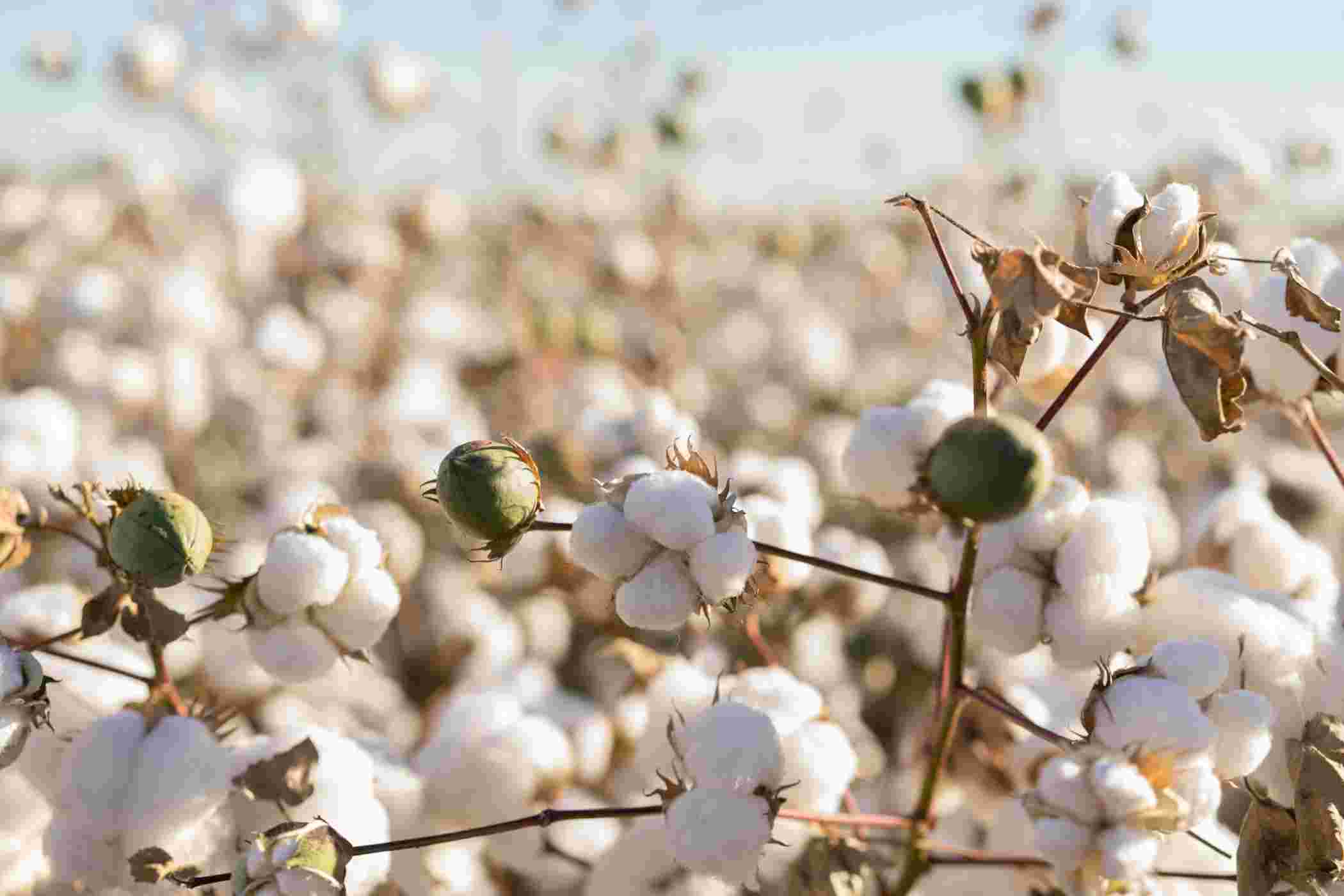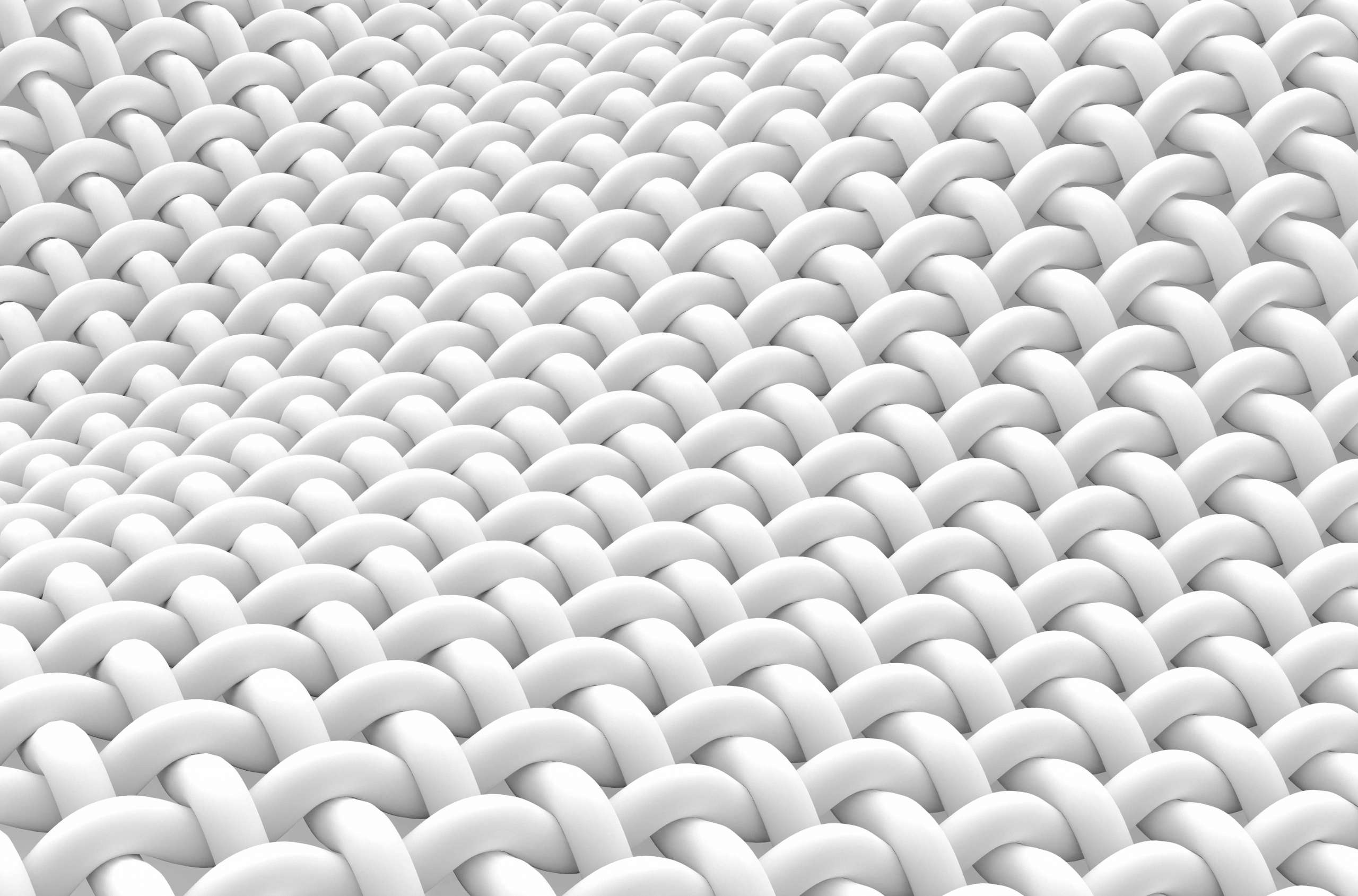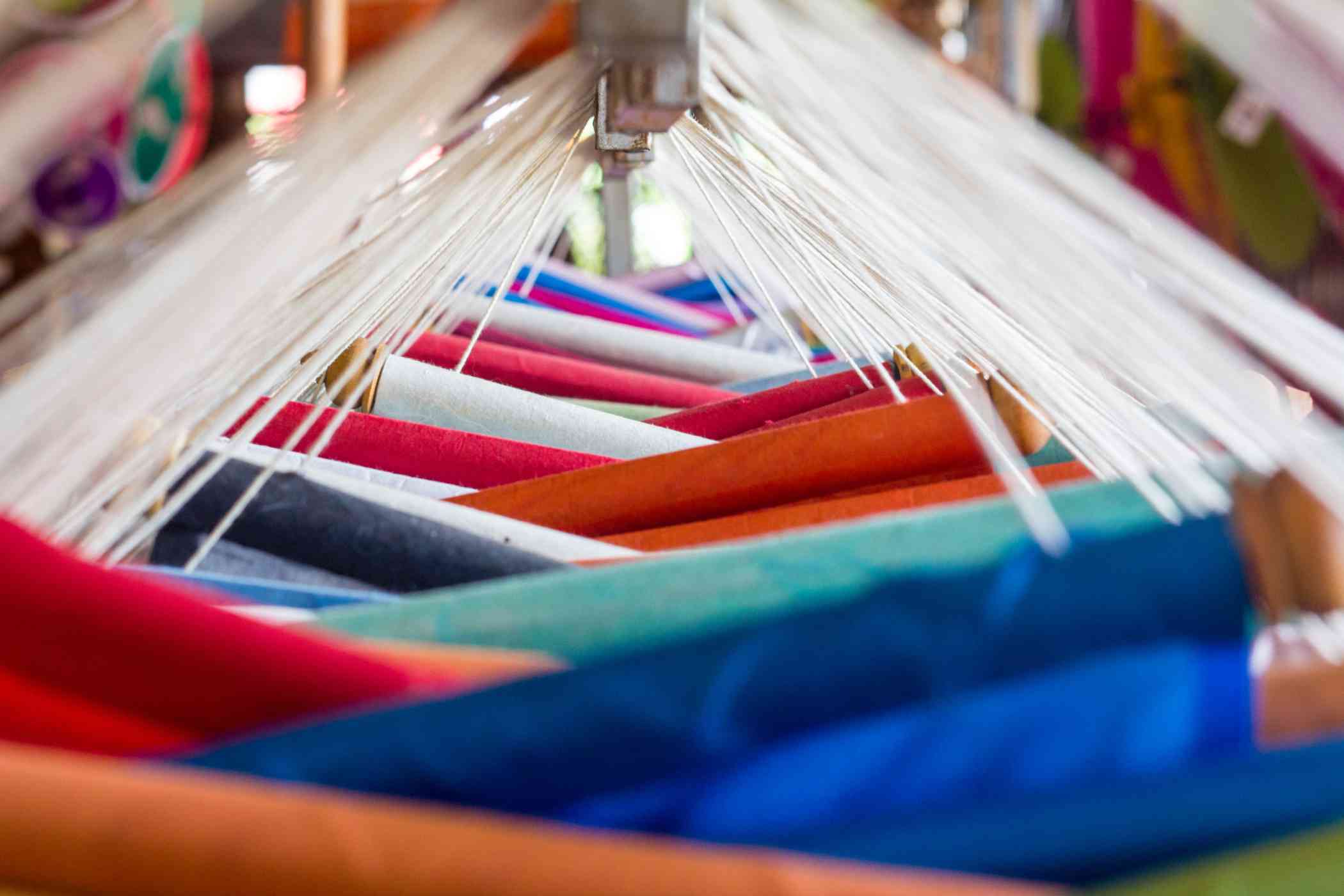Global Fibre And Yarn Market: An Overview

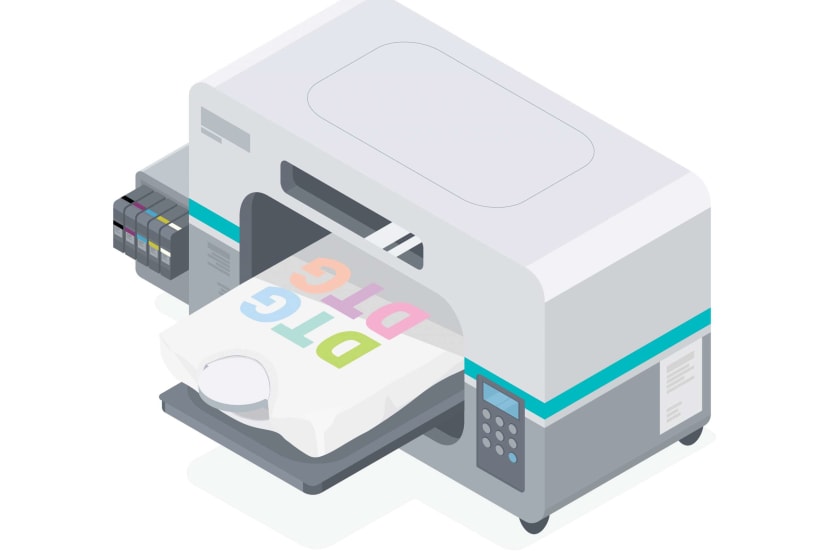

While the Covid-19 restrictions engulfed the world through 2020 and 2021, the global fashion industry faced an unusually challenging state of affairs. However, as the world proceeds towards normalcy, the fashion industry is beginning to find its feet again.
Valued at USD 11.9 Billion in 2019, the demand for the textile yarn market is further expected to reach USD 16.0 Billion in 2026, with a CAGR of 4.0% between 2020 and 2026.
Even with the hindrances caused due to Covid-19, the prospects looked bright in mid-2021 owing to the increasing pace of vaccination across countries.
The release of pent-up demand caused a surge in so-called “revenge buying” worldwide, which resulted in a growth spurt. Fashions dominated consumers purchasing lists for returning to work and special occasions.
Executives in the global fibre and yarn industry are cautiously optimistic about the year ahead, though new and ongoing disruptions are beginning to erode that mood in some quarters. While some global markets are starting to recover after 18 to 20 months of pandemic-related turbulence, propelled by surging e-commerce adoption and domestic spending, challenges relating to supply chain bottlenecks and uneven consumer demand continue to hang over the entire fashion industry, including fibre and yarn, thereby undermining growth prospects.
FUTURE AHEAD OF THE INDUSTRY
In 2022, the two most significant growth factors for the fibre and yarn industry include Digital and Sustainability. However, supply chain pressures can still pose a big challenge.
Supply chains across the globe have witnessed unprecedented levels of pressure and disruption. With the current logistical issues, such as rising shipping costs, material scarcity, and port congestion, companies need to plan an effective supply chain strategy.
With relief from the pandemic in sight, the fashion players shall start regaining all the income lost in the two years of turmoil. Still, prudence and caution should be maintained as supply chain stress, uncertainty about the new variants of the virus, and economic slowdown persists.
Some major trends shaping the industry in the upcoming years include -
- Sustainable Fashion
The way goods and services are produced and consumed—particularly in the fashion system—is highly accelerated, almost addictive. Today, the emergence of the circular economy is a need rather than an alternative. Production of virgin raw materials should decrease, and textile waste should reduce to the extent possible. Companies shall embed the 3 R’s of Reduce, Recycle and Reuse in developing their products.
- Cyber Security
Instances of cyber-attacks and improper data handling are growing at a rapid pace. To guard their business against such attacks, brands need to up their digital security game.
- Metaverse and Virtual fashion
Gaming has increasingly become an extension of the real world, and with the pandemic supercharging participation, it has become a prime target for fashion brands. With more time spent online and metaverse’s rapid attraction, the demand for virtual fashion has also increased. Fashion leaders have plunged into this opportunity to release virtual goods and accessories to engage younger cohorts, thereby opening gates to new generation creativity, community-building, and commerce.
TRENDING TECHNOLOGY IN APPAREL MANUFACTURING

With the current advancement in technology, the future of apparel manufacturing is undoubtedly bright. Revolution in product design is expected with Artificial intelligence, and supply chains are streamlining to facilitate direct-to-consumer distribution. Shopping experiences have been more customized than ever, and there’s also an abundance of personalized products in the market. Today, few in-demand technological trends in apparel manufacturing include - an increase in machine learning, supply chain enhancements, rapid data analytics, 3D capabilities, and customized production runs.
1. Growth of Robotic Manufacturing
The quality and detailing in hand-stitched apparel are irreplaceable. However, the rise of Machine Learning has reduced manual intervention and enhanced apparel designing rapidly. Outdated technologies like sewing machines have been replaced with laser cutting machines, buttonhole machines, fusing machines, etc.
2. Streamlined supply chains
On-time delivery and flawless products are the two fundamental characteristics to keep one’s apparel brand relevant in the fashion industry. Even a single glitch in the supply chain could disrupt the distribution channel, which will have a detrimental impact on revenue and growth. Streamlining the supply chain can prevent mishaps and give better control over the production flow. Also, having in-house material sourcing, packaging, and shipping can reduce any delay or glitch in logistics.
3. Instant data analysis
Undoubtedly, consumer buying patterns are influenced by ongoing fashion trends. Data plays a central role in staying updated with these trends. Data helps understand consumer demand, styles, trends, and buyers' desires. Using the inputs from the data analyzed, one can adapt to consumer demands and plan production accordingly.
4. 3D Technology
3D printing has revolutionized the apparel industry across the globe. With the help of innovative machines, customized products can be created rapidly using a variety of materials. Several accessories, including T-Shirts, Pants, Shoes, Hats, etc., can be printed on demand. 3D rendering gives a more accurate view of the finished product allowing designers the flexibility to modify the design in real-time.
5. Sustainable production and Circular economy
With the rapid development in technology, sustainable fashion is no longer a dream. The fashion and textiles industry, and policymakers at all levels, are showing an increased interest in the concept of a circular economy. The circular economy is governed by 3Rs, namely Reduce, Reuse, and Recycle, the major strategies for the eco-friendly processing of textile/apparel products.
TEXTILE INDUSTRY & MARKET GROWTH IN INDIA
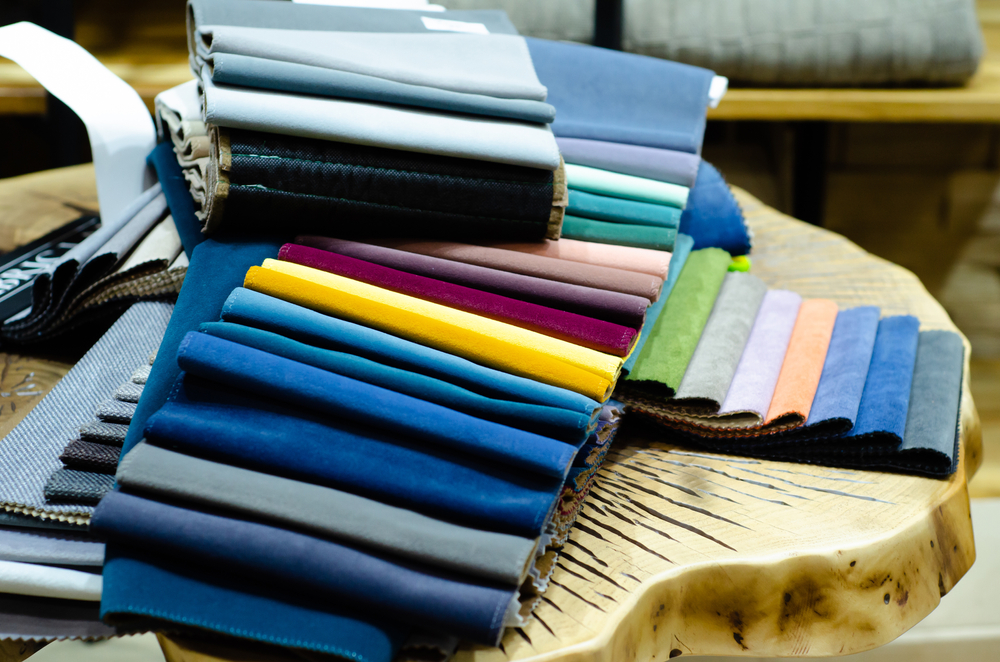
The Indian textile and apparel industry is flourishing at a rapid scale. At present, 2.3% of the GDP of India, 13% of the industrial production, and 12% of the export earnings are contributed to this sector. The main factors behind the growth of the industry in India are -
Strong Demand -
- India's cotton production is expected to reach 7.2 million tonnes by 2030, attributed to rising consumer demand.
- Handcraft exports from India reached INR 15,995.73 crores between April and September 2021, a 60.34 per cent YoY growth due to higher participation from industry participants to boost handicraft products in global markets.
Competitive Advantage -
- India has a strategic advantage in trained labour and production costs compared to other major textile producers.
- Smriti Irani, India's Minister of Textiles, announced in March 2021 that the nation would be completely self-sufficient in silk manufacturing within the next two years.
Policy Support -
- 100% FDI is now allowed in textiles.
- Production Linked Incentive scheme worth INR 10,683 crores has been announced for manmade fibre and technical textile over five years. This will work as an impetus for manufacturing with increased exports and higher investments in the sector and boost the industry, resulting in increased exports and investment in the sector.
- The Defense Research and Development Organization (DRDO) assists India's textile sector in producing yarns; herefore, reducing reliance on Chinese and other foreign textiles for military uniforms. The Indian defence industry has lent its assistance to the country's technical textile industry.
Increasing Investments -
- During 2015-16 to 2019-20, the government disbursed significant funding in programmes, such as the Scheme for Integrated Textile Park and the Technology Upgradation Fund Scheme to induce more private equity and generate employment.
- The Indian government has approved a universal 12 percent goods and services tax on man-made fabrics (MMF), MMF yarns, MMF textiles, and garments, which will come into effect from January 1, 2022.
GLOBAL TEXTILE YARN MARKET: COMPETITIVE PLAYERS
Major brands in the fibre market include -
- Parkdale Mills Incorporated
- Hengli Group
- Kairuide Hulding Co Ltd.
- Vardhman Textiles Limited
- Birleik Koyunlulular Mensucat TIC. V.
- Weiqiao Textile Company Limited
- E SAN.
- Low & Bonar Plc.
- Raymond Limited
- Huvis Corporation
- Grasim Industries Limited
CONCLUSION
Looking ahead, in aggregate, McKinsey Fashion Scenarios suggest global fashion
sales will reach 96 to 101 percent of 2019 levels in 2021 and 103 to 108 percent in 2022. Still, while overall sales are expected to recover in the upcoming years fully, performance will vary across geographies, with growth likely driven by the US and China as Europe lags.
In the year ahead, discount and luxury fashion will continue to outperform, as recovery will be uneven across value segments, and the mid-market will be squeezed. Still, with economic growth and consumer sentiment improving in some markets and many shoppers looking to refresh their pandemic-era wardrobes, growth will be at the top of many brands' agendas.
Further, it's time for the fashion industry to understand the fabric trends and raise its sustainability ambitions to deliver on COP26. Therefore, a new era of climate action will be required, meaning fashion leaders must focus not only on decarbonization but also on building resilience and reversing nature loss as the effects of climate change take hold.
By recognizing the upcoming fabric trends, planning for an uneven recovery, and allocating resources accordingly, fashion players are more likely to achieve a smoother upward growth trajectory in 2022 and beyond.















